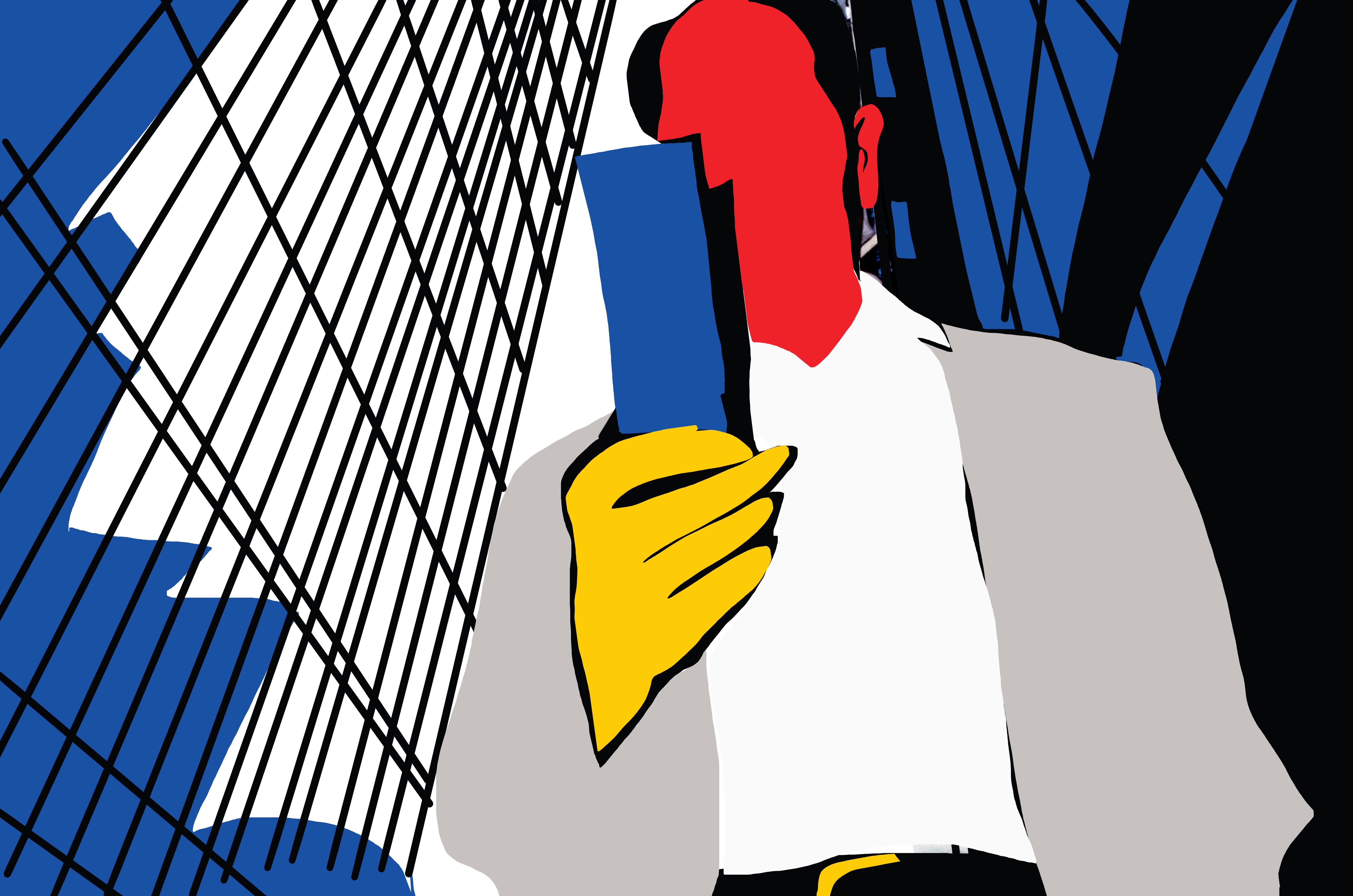
Risk aversion is hardwired into our DNA, and holds back our massive potential in life.
DOWNLOAD PDF: How to Overcome Risk Aversion in Life
CONQUER YOUR FEARS AND MEET NEW PEERS >
What is risk aversion, and why do we have it?

Basically in psychology, as humans — we would prefer to prevent possible death or disfigurement, compared to the possibility of gain and profit.
For example, as hunter gatherers, if we saw a dark and hidden bush, we would be afraid of it. Why? There might be a lion hiding in there that might eat us. But what if there might be some berries or fruit that we could eat in there? No matter — preventing potential death is more important than potential gain.
In the past, this helped us survive. The ones of us who were too risky would have probably died off a long time ago.

But now, in today’s safe and sterile world —I think a lot of us are becoming depressed mostly from our over-comfort. We are punished by comfort, because we are living in padded rooms, afraid of pain and discomfort. We are pain-averse (we want our thermometers to be a constant 72 degrees Fahrenheit or 22 degrees Celsius), we want more plush couches and beds, and softer clothing and linen.
But my fear is that all this seeking of comfort is making us weak, lazy, and a bit lost. We see more excitement and purpose in life by seeking that new device, car, or home that will make life easier and less painful for us.

We are still risk averse —we want to take the safe option.
Not only that, but I think the reason consumerism appeals to so many people is that there is no risk in buying something. There’s always a 30 day money back guarantee. Also by purchasing something (instead of stating your political statements, publishing your art)— we are not likely to offend anybody.
For example, if I buy a new car to assert my “individuality†and “styleâ€, the chance of me offending someone is very low.

However if I share my opinion on anything, or publish my artwork, it is scary — I have the potential to be criticized, to be hated on, or insulted.
But — What is the upside of being less risk averse in life?
Why Overcome risk aversion?

If we are able to overcome risk aversion, we are able to have more chances to make decisions that can make our lives more exciting, fun and grand. We have the opportunity for standing up for an idea or ideal — and we also strengthen our bodies, minds, and souls.

I think ultimately, all we have is our own resourcefulness, faith in ourselves, and inner-strength. However life decides our fate isn’t really up to us— but we have the choice of taking calculated risks, to drive ourselves forward.
Why is self confidence important?

To become more self confident will help you in so many ways in life.
Self confidence will help you realize that your labor is not free, and actually worth a lot. Which will encourage you to charge more money for your services, or demand a raise or promotion at work.

Self confidence will allow you to make art, and publish it for others to enjoy. I think the most successful artists are the ones with the most self confidence — the self confidence to promote themselves, and “put themselves out thereâ€. And the more self-confidence you have as an artist, the more prolific you will be, and the more you will continue to make art.
How to overcome fear aversion

Don’t be a slave to risk-aversion.
My steps to overcoming risk aversion:
- Acknowledge that our natural state is risk aversion.
- When you’re about to make a decision and you feel afraid, ask yourself: “What is the worst case scenario?†If the worst case scenario is not permanent disfigurement or death, you don’t have much to fear.
- When it comes to risk, are you afraid of the potential social criticism or stigma from others? If so, what are the ramifications or consequences of that? Do you really care that much for the opinions of others? Isn’t your own opinion of yourself more important than the opinion of others?
- Take “calculated risksâ€â€” don’t do business risks that might potentially bankrupt you to $0. Cap your downside. For example, I heard a good piece of advice from Ray Dalio, “Make sure your risk of going bankrupt is 0%â€. Another piece of advice I heard which I like: never put more than 10% of your money in a single investment.
- With your artwork or photography, take unlimited risks. Your downside (being hated on) is very small — but your potential upside (of making great art) is unlimited.
BE BOLD,
ERIC
